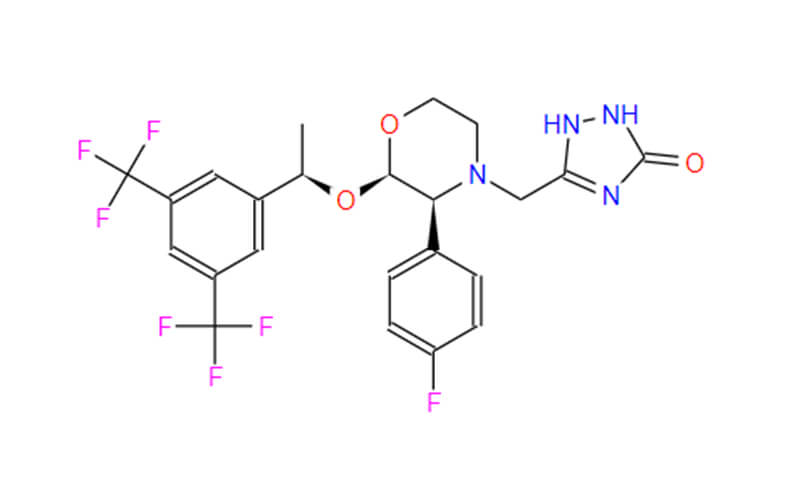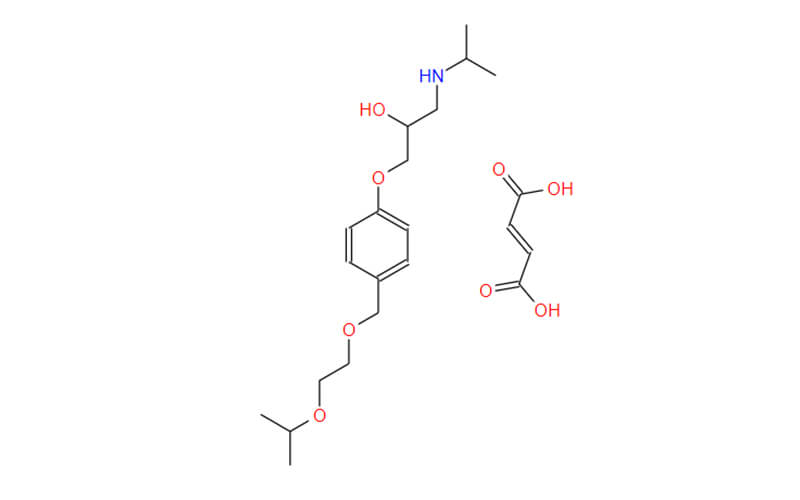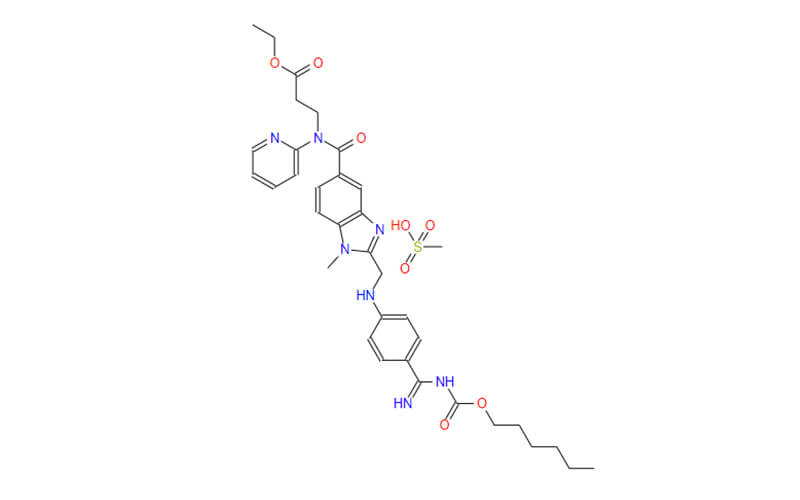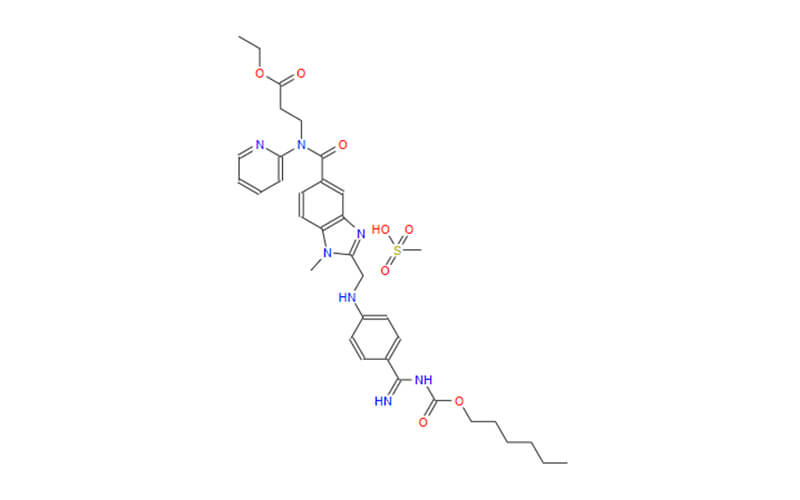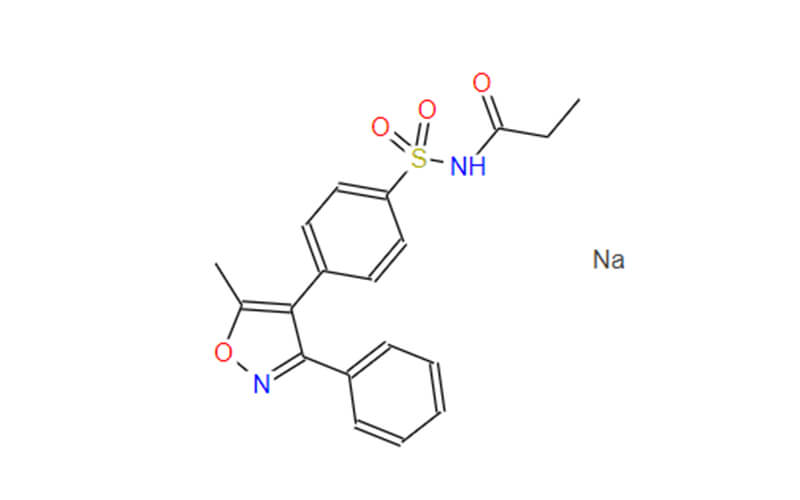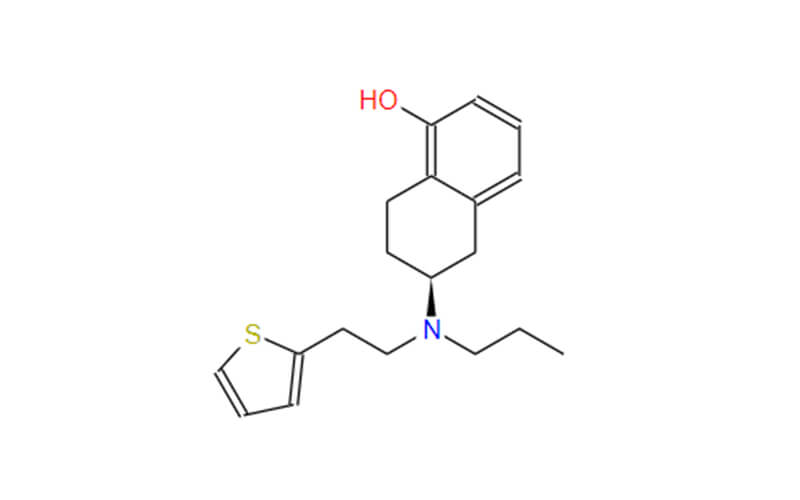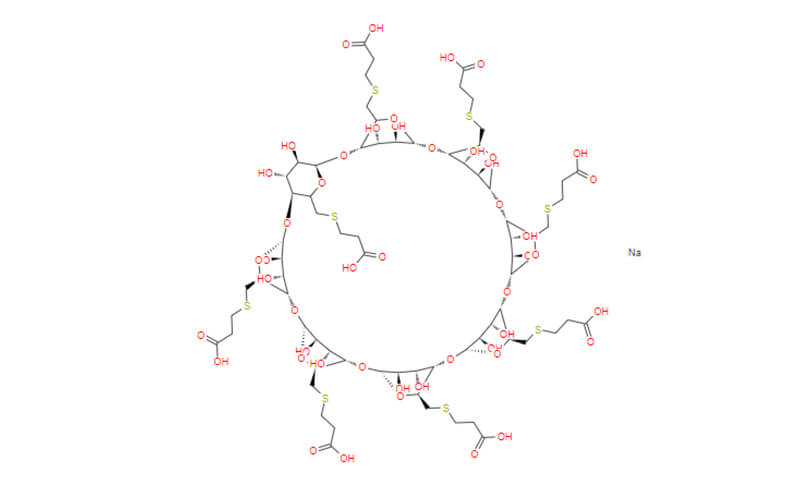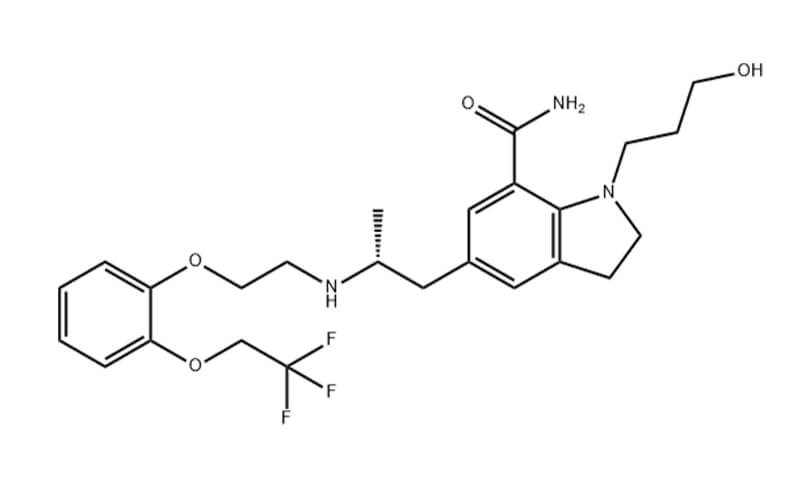A Comprehensive Overview of the Use of Topical Ruxolitinib in Children with Atopic Dermatitis
Atopic dermatitis (AD), also known as eczema, is a chronic inflammatory skin condition that affects millions of people worldwide, including children. It is characterized by dry, itchy, and inflamed skin. AD is thought to be caused by a combination of genetic and environmental factors, and there is no cure. However, there are treatments that can help manage symptoms and improve quality of life.
Topical ruxolitinib phosphate is a JAK inhibitor that is approved for the treatment of mild to moderate AD in children 12 years of age and older. It is a cream that is applied to the skin twice daily. Topical ruxolitinib has been shown to be effective in reducing itching and inflammation in children with AD, and it is generally well-tolerated.
This article will provide a comprehensive overview of the use of topical ruxolitinib in children with AD.
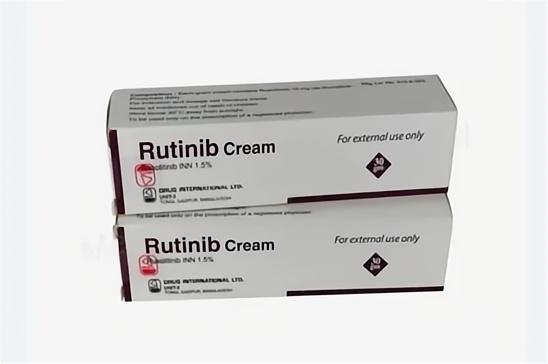
What is Atopic dermatitis (AD)
AD is a chronic inflammatory skin condition that causes dry, itchy, and inflamed skin. It is the most common type of eczema, affecting more than 9.6 million children in the United States.
AD is thought to be caused by a combination of genetic and environmental factors. People with AD have a defective skin barrier, which makes their skin more susceptible to irritation and infection. They are also more likely to have allergies to certain foods, environmental allergens, and irritants.
Symptoms of AD can vary from person to person and can range from mild to severe. The most common symptom is itching, which can be intense and interfere with sleep and daily activities. Other symptoms may include:
- Dry, red skin
- Rashes that may be scaly, crusty, or oozing
- Thickened, leathery skin (lichenification)
- Blisters
- Cracks in the skin
- Darkening of the skin (hyperpigmentation)
AD typically affects the face, neck, arms, and legs. In infants, it often appears on the cheeks and scalp. In older children, it is more common on the folds of the elbows, knees, and neck.
What is Topical Ruxolitinib?
ruxolitinib phosphate is a JAK inhibitor that is approved for the treatment of mild to moderate AD in children 12 years of age and older. It is a cream that is applied to the affected areas of the skin twice daily.
Ruxolitinib has been shown to be effective in reducing itching and inflammation in children with AD. In clinical trials, ruxolitinib-treated children experienced a significant improvement in their skin condition and quality of life.
Ruxolitinib is generally well-tolerated in children. The most common side effects are mild and temporary, such as burning, stinging, and redness at the application site.
Efficacy of Topical Ruxolitinib in Children with AD
Topical ruxolitinib is a safe and effective treatment for mild to moderate atopic dermatitis (AD) in children 12 years of age and older. It has been shown to be more effective than topical corticosteroids in reducing itching and inflammation in children with moderate to severe AD.
In clinical trials, topical ruxolitinib-treated children experienced a significant improvement in their skin condition and quality of life. For example, in the TRuE-AD1 study, participants who received topical ruxolitinib twice daily for 12 weeks experienced a significant improvement in their IGA score, POEM Itch Severity Scale score, and DLQI score.
Topical ruxolitinib is generally well-tolerated in children. The most common side effects are mild and temporary, such as burning, stinging, and redness at the application site.
Overall, topical ruxolitinib is a valuable new treatment option for children with mild to moderate AD. It is a safe and effective way to reduce itching and inflammation, and improve skin condition and quality of life.
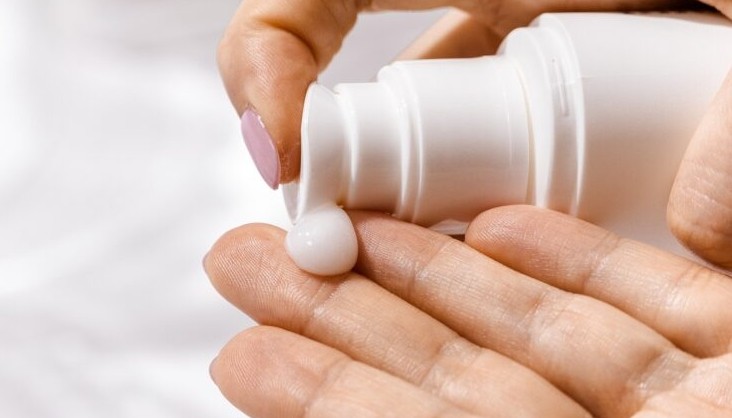
How to Use Topical Ruxolitinib
Topical ruxolitinib should be applied to the affected areas of the skin twice daily. It is important to apply the cream to clean, dry skin. Avoid contact with the eyes and mouth.
If you are using topical ruxolitinib on a child, it is important to supervise the application to ensure that the child does not ingest the cream.
Ruxolitinib Cost
The cost of topical ruxolitinib can vary depending on a number of factors, including your insurance coverage, the pharmacy you use, and your location. However, the average out-of-pocket cost for a one-month supply of topical ruxolitinib is around $1,000.
If you have insurance, you may be able to get a significant portion of the cost of topical ruxolitinib covered. However, it is important to check with your insurance company to see what your out-of-pocket cost will be.
If you do not have insurance, or if your insurance does not cover topical ruxolitinib, there are a few things you can do to reduce the cost:
Ask your doctor for a prescription assistance program. Prescription assistance programs can help people with low incomes or no insurance afford their medications.
Shop around at different pharmacies. The price of topical ruxolitinib can vary from pharmacy to pharmacy.
Consider using a generic medication. There is a generic version of topical ruxolitinib available, which is usually less expensive than the brand-name medication.
Conclusion
Topical ruxolitinib is a safe and effective treatment for mild to moderate AD in children. It is a good option for children who are not responding to other treatments or who cannot tolerate other medications.

